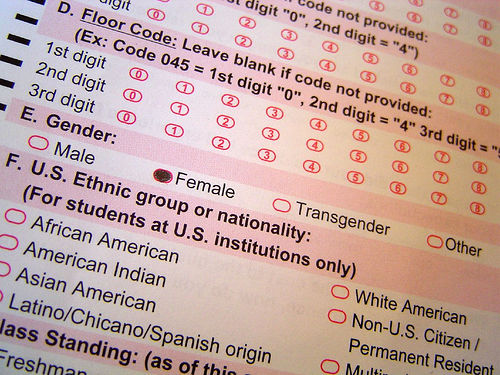
Summary: Consumer bias in experiential marketing surveys runs both ways. Circumstances create it (either by the interviewer or by the consumer). Gaining meaningful results is always dependent upon how well we control the potential for bias.
We go to great lengths to avoid producing interviewer bias (the impact of an interviewer knowing the ideal answers and pushing the consumer to answer accordingly). We are careful to write our surveys to avoid including any leading questions.
People have an innate tendency to please anyone giving them free stuff
This is the Hawthorne effect. It was initially demonstrated in a series of experiments conducted by Elton Mayo, a sociologist, and researcher at Harvard University. He described the effect by saying, “The desire to stand well with one’s fellows, the so-called human instinct of association, easily outweighs the merely individual interest and the logic of reasoning.”
PortMA’s research with a boxed dinner brand is an example of consumer bias through experiential marketing surveys. After sampling various products, we asked consumers which of the brand’s boxed dinners they had purchased in the past six months, as well as how many competing brands’ box dinners they had purchased during the same period. The result is that 70% report having purchased the brand they were sampling, while the closest competitor (a market leader in boxed dinners) only got 30%.
The implication is that the response is skewed by the emotional desire to please the interviewer outweighing the logic of reasoning and individual interest.
How can we avoid this effect to eliminate consumer bias?
Unfortunately, with branded experiential marketing programs it’s extremely difficult to always account for consumer bias in experiential marketing surveys. Although consumers are asked to ignore any biases they have while sampling the product at hand, the Hawthorne effect is so inherently strong, that they can’t help themselves. Likewise, removing the branding from these programs would be equally unproductive in a marketing campaign.
Our solution, and one we encourage our clients to use, is to gather year-over-year measurements and comparisons. The only way to put these metrics into context is by measuring responses at similar events with similar patrons.
PortMA has several benchmarking reports that establish metrics and averages for programs like these. Check them out via the link above!
